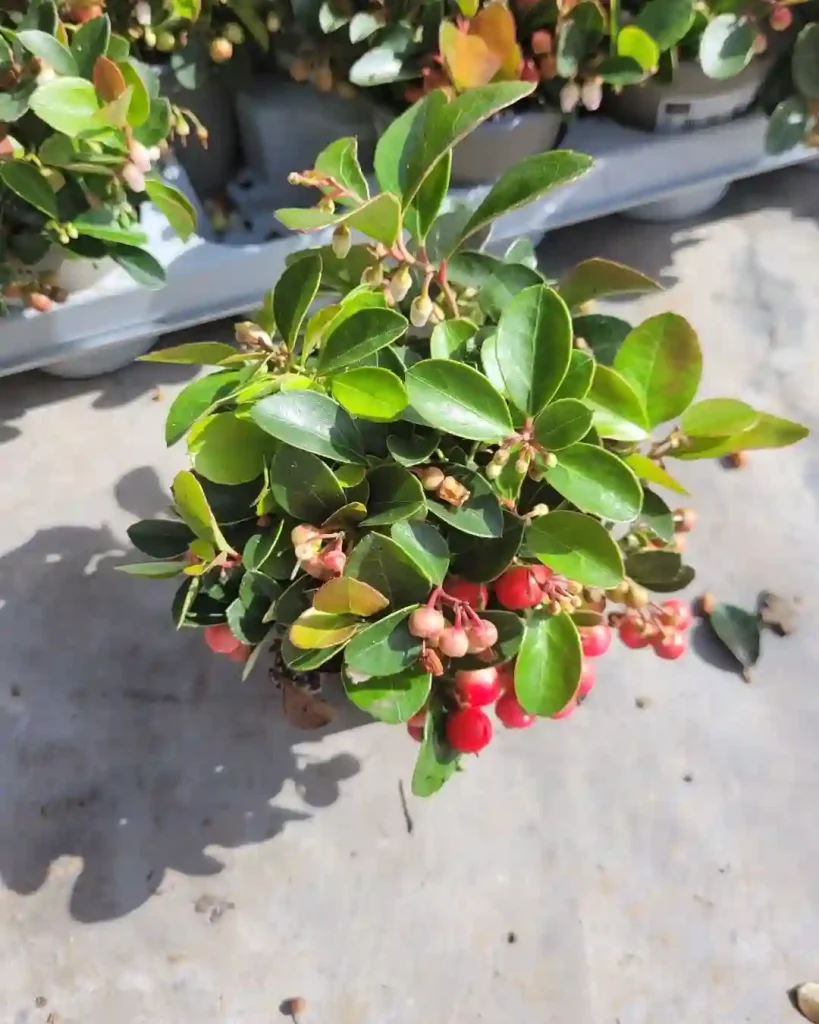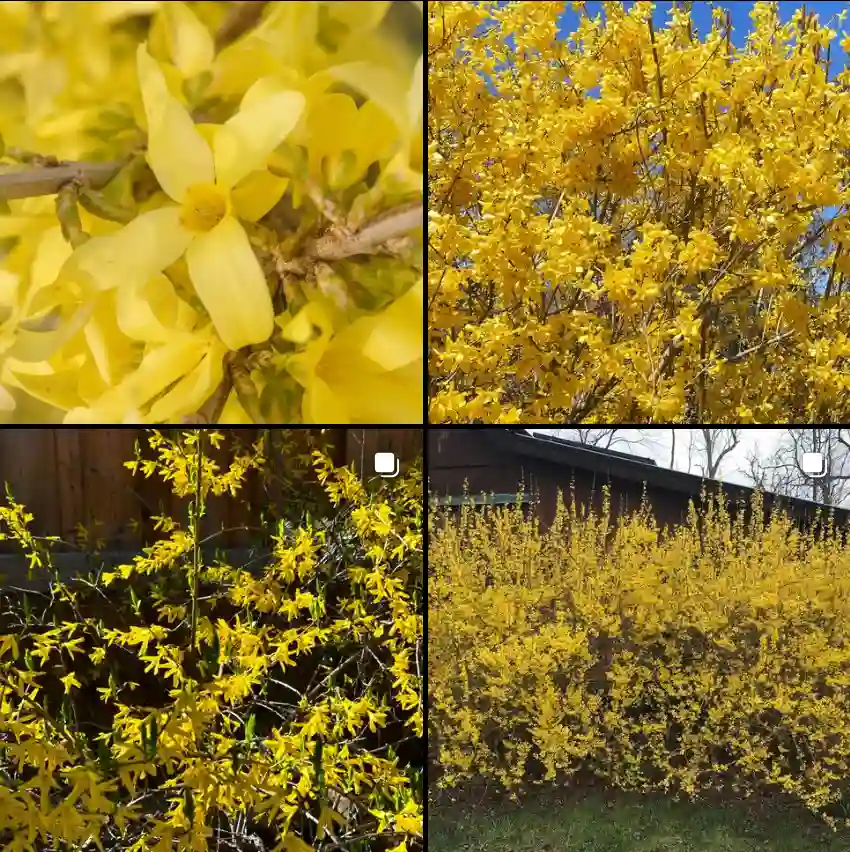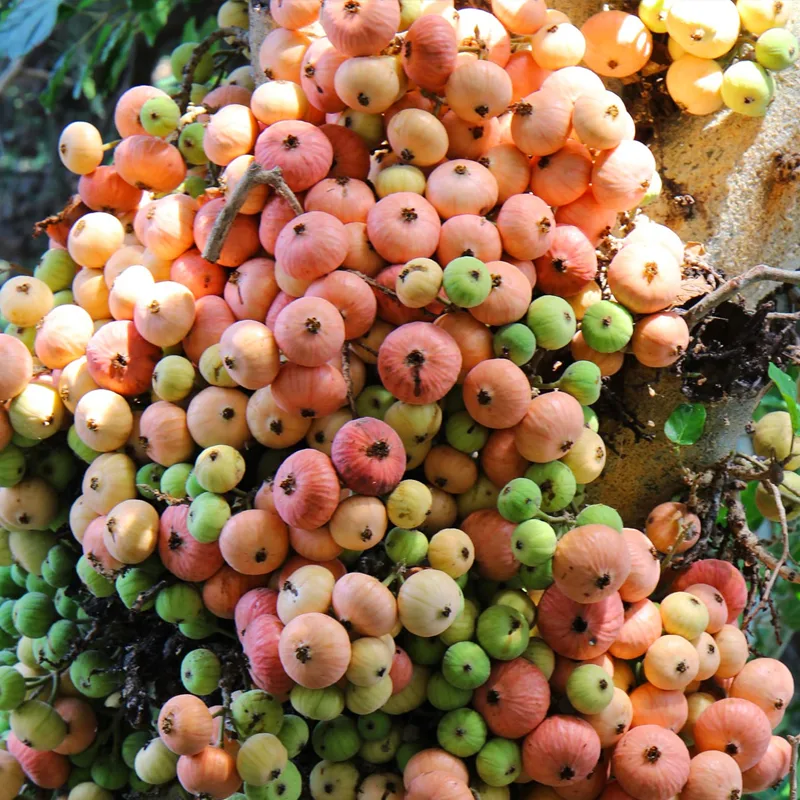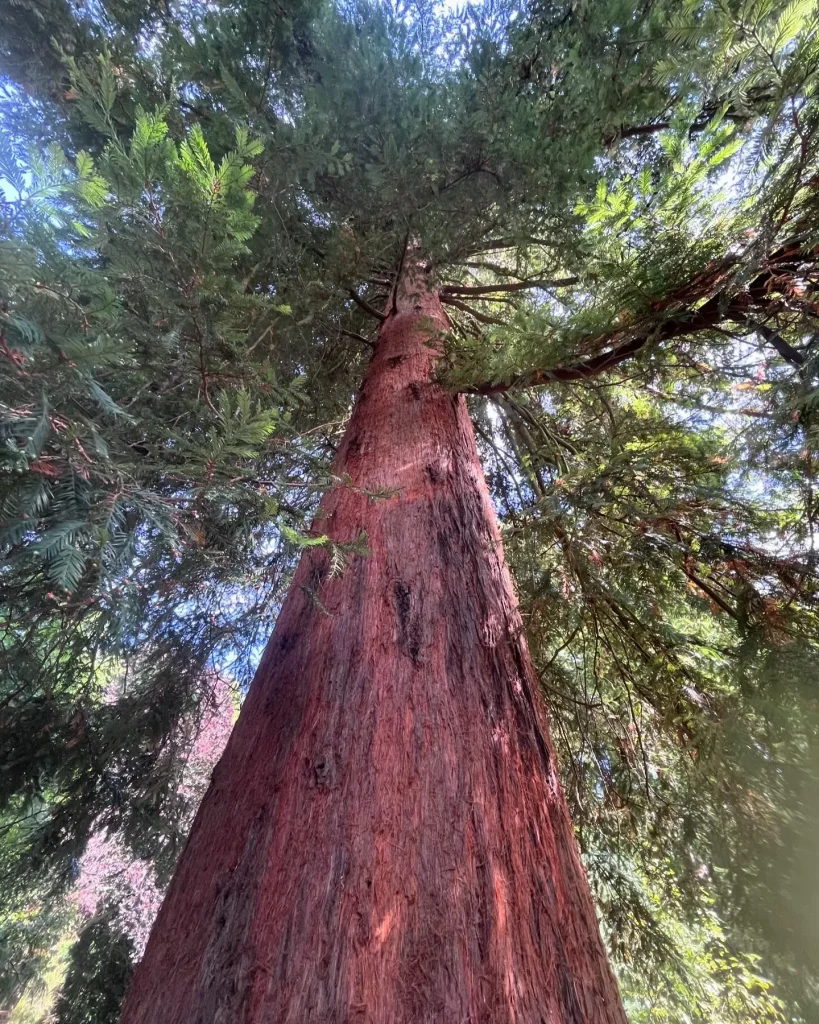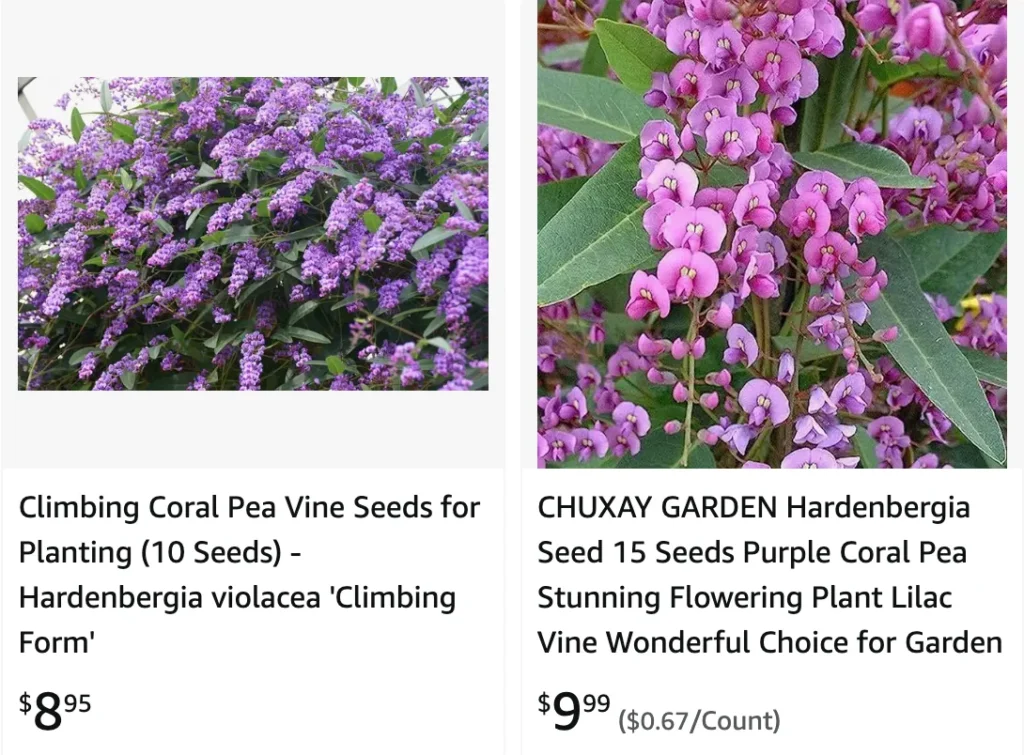
The Allure of Hardenbergia Violacea: A Gardener’s Guide
For years, I’d admired the cascading curtains of purple flowers adorning fences and walls in my neighborhood. They bloomed dependably each spring, transforming drab landscapes into vibrant displays. Finally, I yielded to their charm and embarked on a journey to learn everything about these captivating climbers – Hardenbergia violacea.
3 Species in Genus Hardenbergia
What Type of Flower Does Hardenbergia Violacea Have?
Hardenbergia violacea, also known as the purple coral pea or native sarsaparilla, boasts a unique flower unlike any other in my garden. Unlike the showy blooms of roses or lilies, Hardenbergia’s elegance lies in its simplicity. Each flower is a petite pea-shaped blossom, borne in profusion along the vine. The color, a deep, rich purple, is as mesmerizing as a twilight sky. These pea flowers lack the flamboyant size of their garden cousins, but they make up for it in sheer abundance, blanketing the vine in a breathtaking display that stretches for weeks.
Do Hardenbergia Violacea Have a Scent?
While the visual impact of Hardenbergia violacea is undeniable, their fragrance is a subtle affair. Unlike some flowering vines that fill the air with heady perfumes, Hardenbergia possesses a delicate, almost sweet scent. It’s a gentle invitation to come closer, to appreciate the delicate beauty of each individual bloom. This quality makes them perfect for planting near patios or walkways, where you can savor their fragrance up close.
How to Grow Hardenbergia Violacea?
The beauty of Hardenbergia violacea is matched by its ease of cultivation. These versatile plants thrive in a range of conditions, making them ideal for beginner gardeners like myself. Here’s what I learned:
- Sunshine: Hardenbergia appreciates a sunny position but tolerates some light shade. In my garden, I planted them alongside a south-facing fence, where they receive a good dose of morning sun and dappled shade in the afternoon.
- Soil: Well-drained soil is key. They’ll adapt to most soil types, but avoid waterlogged areas. Amending the planting hole with compost can improve drainage and provide essential nutrients.
- Watering: Once established, Hardenbergia violacea are drought tolerant. However, during their first growing season and extended dry spells, regular watering is essential. Aim for deep watering that soaks the root zone, allowing the soil to dry slightly between waterings.
How to Prune Hardenbergia Violacea?
The good news is that Hardenbergia violacea requires minimal pruning. However, a light trim after flowering can encourage bushier growth and promote further blooms. You can also use pruning to maintain the desired shape and keep it contained if it’s growing on a trellis or fence.
Is Hardenbergia Violacea Poisonous to Dogs?
Unfortunately, the answer is yes. All parts of Hardenbergia violacea are considered toxic to dogs. If you have curious pups who like to nibble on plants, it’s best to plant Hardenbergia in a location that’s out of their reach.
Beyond the Basics: Caring for Hardenbergia Violacea
With minimal care, Hardenbergia violacea will reward you with a dazzling floral display year after year. Here are some additional tips:
- Fertilizing: A light application of slow-release fertilizer in spring can encourage blooming.
- Mulching: Apply a layer of mulch around the base of the plant to retain moisture and suppress weeds.
- Propagation: Hardenbergia violacea can be propagated from stem cuttings taken in late summer or autumn.
What to Plant With Hardenbergia Violacea?
Hardenbergia violacea pairs beautifully with a variety of plants. Here are a few ideas:
- Clematis: The contrasting colors and textures of Hardenbergia’s purple blooms and Clematis’ large, showy flowers create a stunning visual combination.
- Roses: The delicate fragrance of Hardenbergia complements the rich perfume of roses, creating a fragrant haven in your garden.
- Low-growing perennials: Plant low-growing perennials like lavender or catmint beneath Hardenbergia to add color and texture to the lower portion of the planting area.
With its easy-going nature and captivating blooms, Hardenbergia violacea has become a cherished member of my garden. By following these simple tips, you too can cultivate a cascade of purple magic that will transform your outdoor space.
